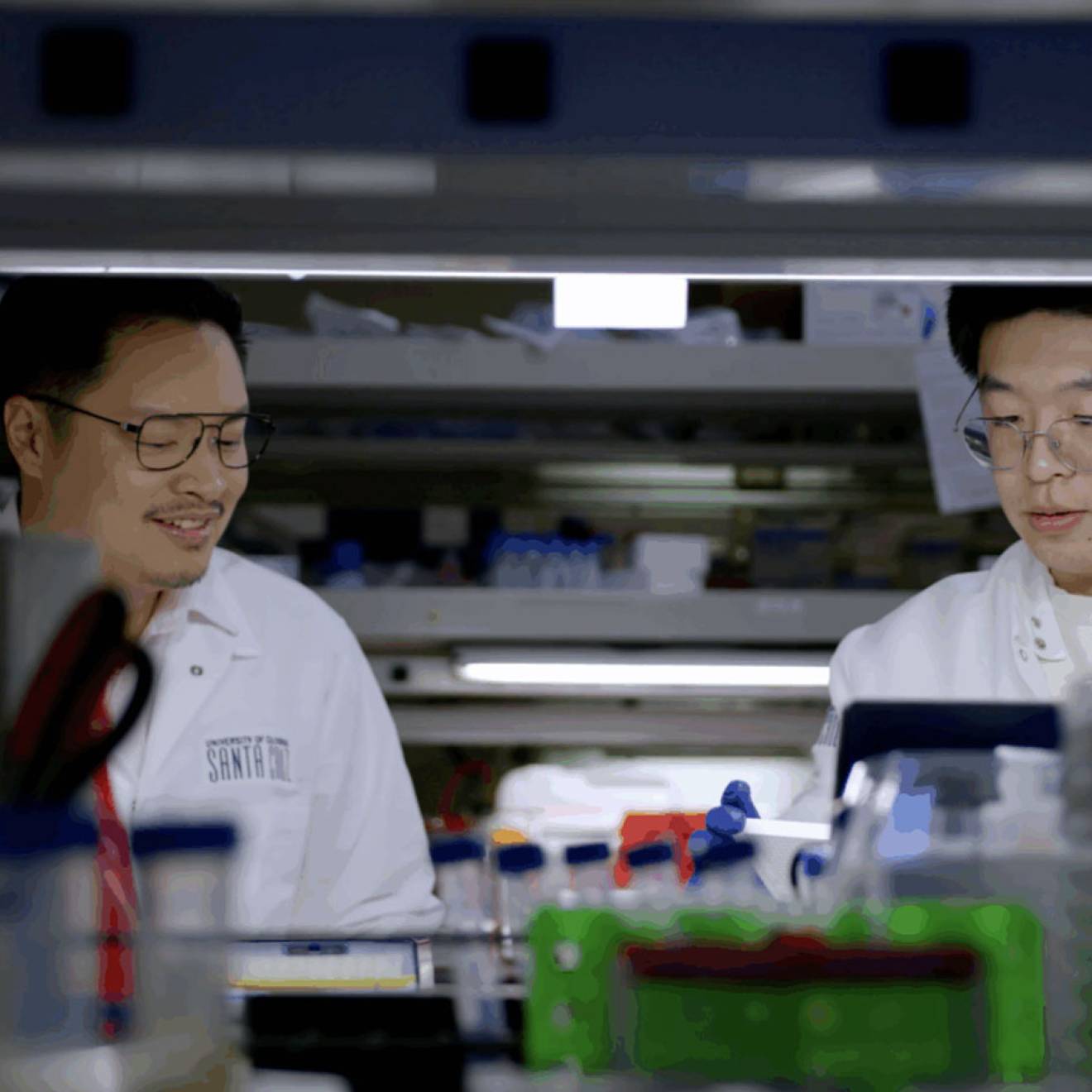Scott LaFee and Christina Johnson, UC San Diego

Researchers at the University of California, San Diego School of Medicine and Sun Yat-sen University in China have shown that acute glaucoma in mice is largely an inflammatory disease and that high pressure in the eye causes vision loss by setting in motion an inflammatory response similar to that evoked by bacterial infections.
The study, published in this week's issue of the Proceedings of the National Academy of Sciences, has immediate clinical relevance in treating the tens of millions of people worldwide from what is known as acute closed-angle glaucoma.
“Our research is the first to show an inflammatory mechanism by which high ocular pressure causes vision loss in acute glaucoma patients,” said co-senior author Kang Zhang, M.D., Ph.D. and professor of ophthalmology.
The second leading cause of irreversible blindness globally, glaucoma refers to a group of eye diseases associated with elevated intraocular pressure broadly classified as either open-angle or closed-angle. Open-angle is sometimes called the silent thief of sight because of its slow, often overlooked progression. By contrast, acute closed-angle glaucoma often is a painful ophthalmologic emergency in which there is a sudden rise in eye pressure and immediate damage to eyesight.
Less than 10 percent of glaucoma patients in America have the closed-angle form, but in parts of Asia it accounts for almost half of all cases. The higher prevalence of closed-angle glaucoma in Asians and women is believed to be due to a shallower anterior (frontal) eye chamber.
In the study, researchers showed that a rapid, sustained large increase in eye pressure in mice turns on a gene (TLR4) that activates a protein known as caspase-8. This signaling protein in turn triggers the production of inflammatory proteins that normally help mammals fight microbial infections.
"This immune response is a double-edge sword because, while these proteins protect us from infection in a normal situation, they stimulate apoptosis (programmed cell death) in retinal cells in cases of acute glaucoma," said Zhang, who is also a staff physician at the Veterans Affairs San Diego Healthcare System.
To further confirm the mechanism linking high eye pressure to retinal damage, researchers showed that they could slow retinal cell death in mice with acute glaucoma by suppressing either the TLR4 gene or caspace-8 protein.
The latter is particularly significant because caspace-8 inhibitors are currently in clinical trials for treating cancer and stroke. “By injecting these inhibitors into the eyes of acute glaucoma patients, it may be possible to evaluate and bring them vision-sparing treatments more quickly,” said co-author Robert N. Weinreb, MD, chairman and Distinguished Professor of Ophthalmology.
Co-authors include Wei Chi, Fei Li, Hongrui Chen, Yandong Wang, Yingting Zhu, Xuejiao Yang, Jian Ge and Yehong Zhuo, Sun Yat-sen University, China.
This study was funded by the National Natural Science Foundation of China.

